Tips For Growing A Weeping Forsythia Shrub
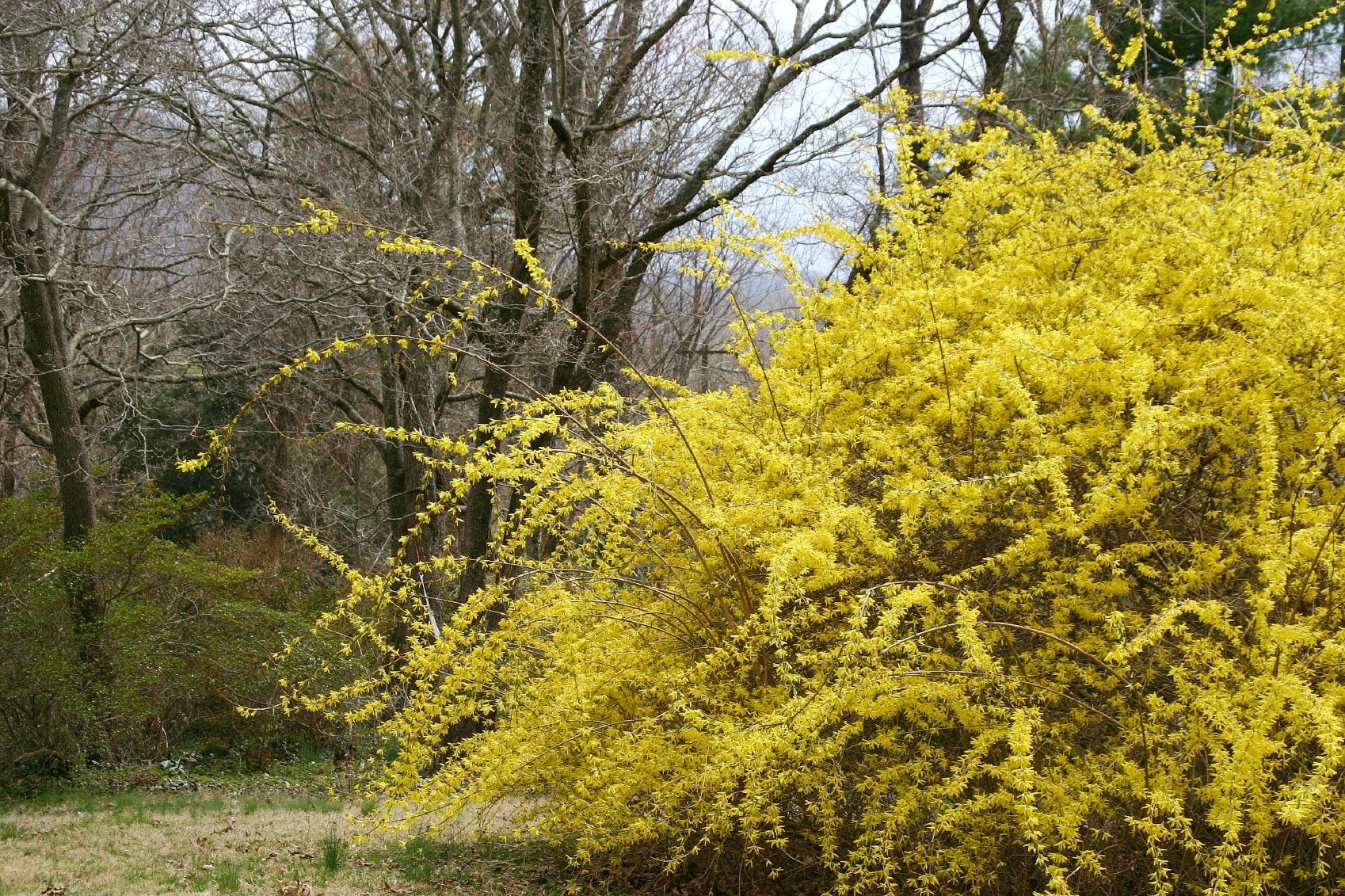

A true harbinger of spring, forsythia blooms in late winter or spring before the leaves unfurl. Weeping forsythia (Forsythia suspensa) is slightly different from its commonly found cousin, the border forsythia, in that it has trailing branches. Let's learn how to care for this large, graceful shrub.
What Is a Weeping Forsythia?
Weeping forsythia is native to China but has become naturalized in many parts of North America. The plant spreads by taking root anywhere a branch touches the ground. Although it spreads easily, it isn't likely to escape cultivation, so it isn't on any of the U.S. Department of Agriculture's invasive plant lists. One reason that it fails to thrive in the wild is that many animals feed on the plant, including deer. Although a blooming forsythia is striking, the foliage and stems aren't very attractive. Once the flowers fade, you'll have a rather plain shrub for the rest of the year. You might want to plant it where you can view the graceful shape of the shrub from a distance, or near the back of a large shrub grouping. If you plant it at the top of a retaining wall, the branches will cascade down and cover the wall.
Growing a Weeping Forsythia Shrub
It's hard to imagine a shrub that is easier to care for than weeping forsythia. It needs little or no pruning, tolerates a wide range of conditions, and thrives on neglect. Weeping forsythia shrubs flower best in full sun, but they also grow in partial shade. The shrubs grow well in almost any soil, as long as it isn't too rich. It tolerates dry spells but needs supplemental watering during extended periods of drought. Weeping forsythia plants are hardy in USDA plant hardiness zones 5 through 8. The care of weeping forsythias is a snap because they seldom need watering or fertilizer. If the soil is poor, apply a small amount of general-purpose fertilizer over the root zone and water it in. When the soil dries, water slowly and deeply. Applying the water slowly allows the soil to absorb the moisture before it runs off. Weeping forsythia pruning is a snap. When you need to remove a branch, cut it back all the way to the ground. Cutting the shrub back by shortening the branches destroys its natural shape, and it can take three years or more to recover its natural beauty. One exception is that you may want to cut back the ends of stems that threaten to touch the ground to keep them from rooting.
Gardening tips, videos, info and more delivered right to your inbox!
Sign up for the Gardening Know How newsletter today and receive a free copy of our e-book "How to Grow Delicious Tomatoes".

Jackie Carroll has written over 500 articles for Gardening Know How on a wide range of topics.
-
 Looking For Plants To Give You The Soft And Fuzzies? Try These 5 Fuzzy Leaf Plant Options
Looking For Plants To Give You The Soft And Fuzzies? Try These 5 Fuzzy Leaf Plant OptionsLovers of texture, drama, silver foliage and tactile plants will adore these special sensory garden additions. These fuzzy leaf plant options will leave you all aglow
By Susan Albert
-
 Get Ready For A Summer Of Hummers! Grow These Full Sun Hummingbird Plants and Flowers
Get Ready For A Summer Of Hummers! Grow These Full Sun Hummingbird Plants and FlowersIf you’re lucky enough to enjoy a sunny backyard, make sure you are maxing out on your pollinator opportunities and grow these full sun hummingbird plants and flowers
By Tonya Barnett
-
 Forsythia Winter Damage: How To Treat A Cold Damaged Forsythia
Forsythia Winter Damage: How To Treat A Cold Damaged ForsythiaForsythia plants produce many stems and often need pruning to keep looking their best. Cold or windy winters may injure forsythias, but they usually recover. If you are wondering how to treat a cold damaged forsythia, this article will help.
By Teo Spengler
-
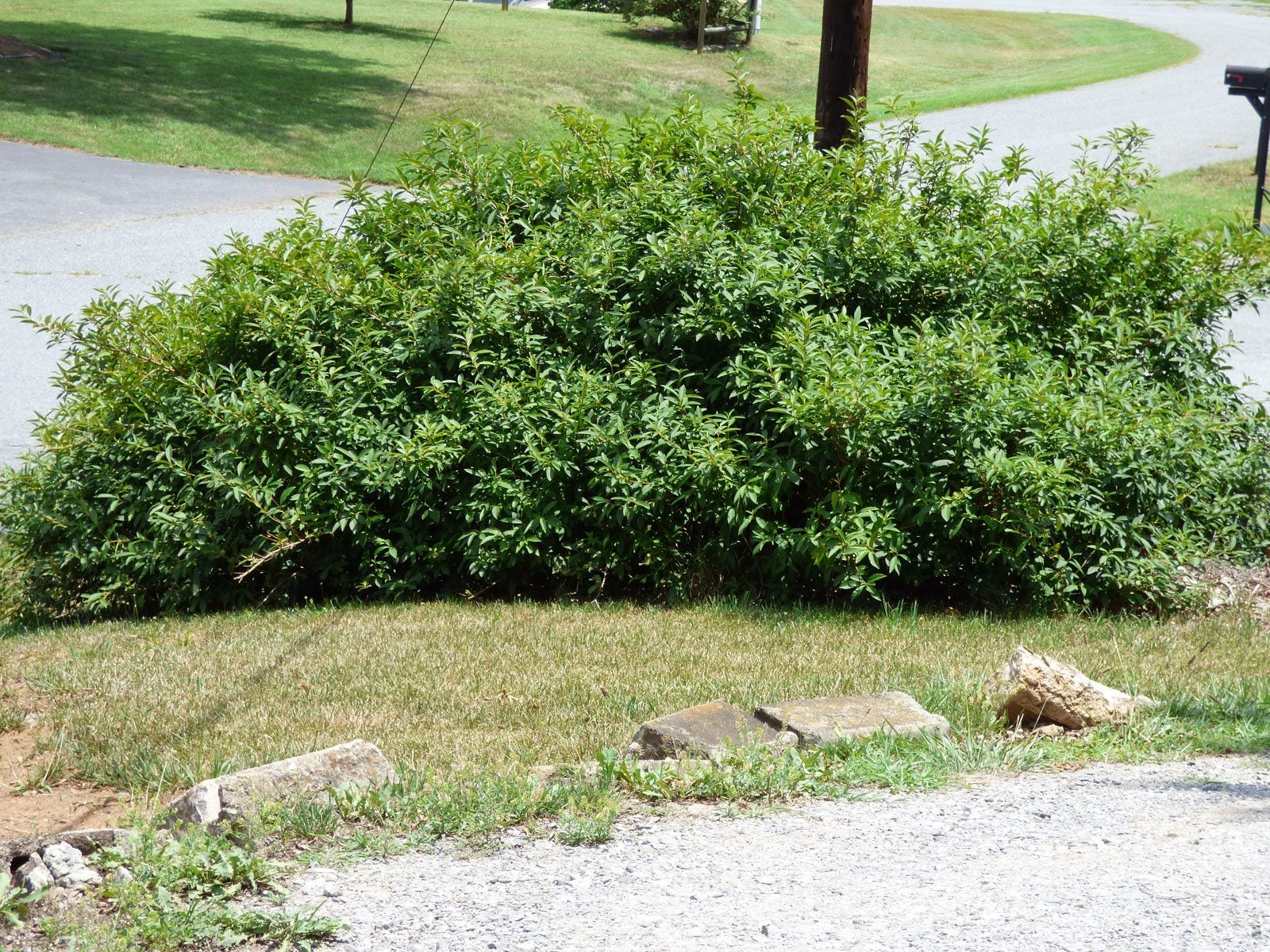 Forsythia Rejuvenation Pruning: Tips On Hard Pruning Forsythia Bushes
Forsythia Rejuvenation Pruning: Tips On Hard Pruning Forsythia BushesForsythias may start out as attractive landscape shrubs, but over time they can lose their luster. Learn more about hard pruning forsythia bushes once they've outgrown their space by clicking on the following article.
By Karen Boness
-
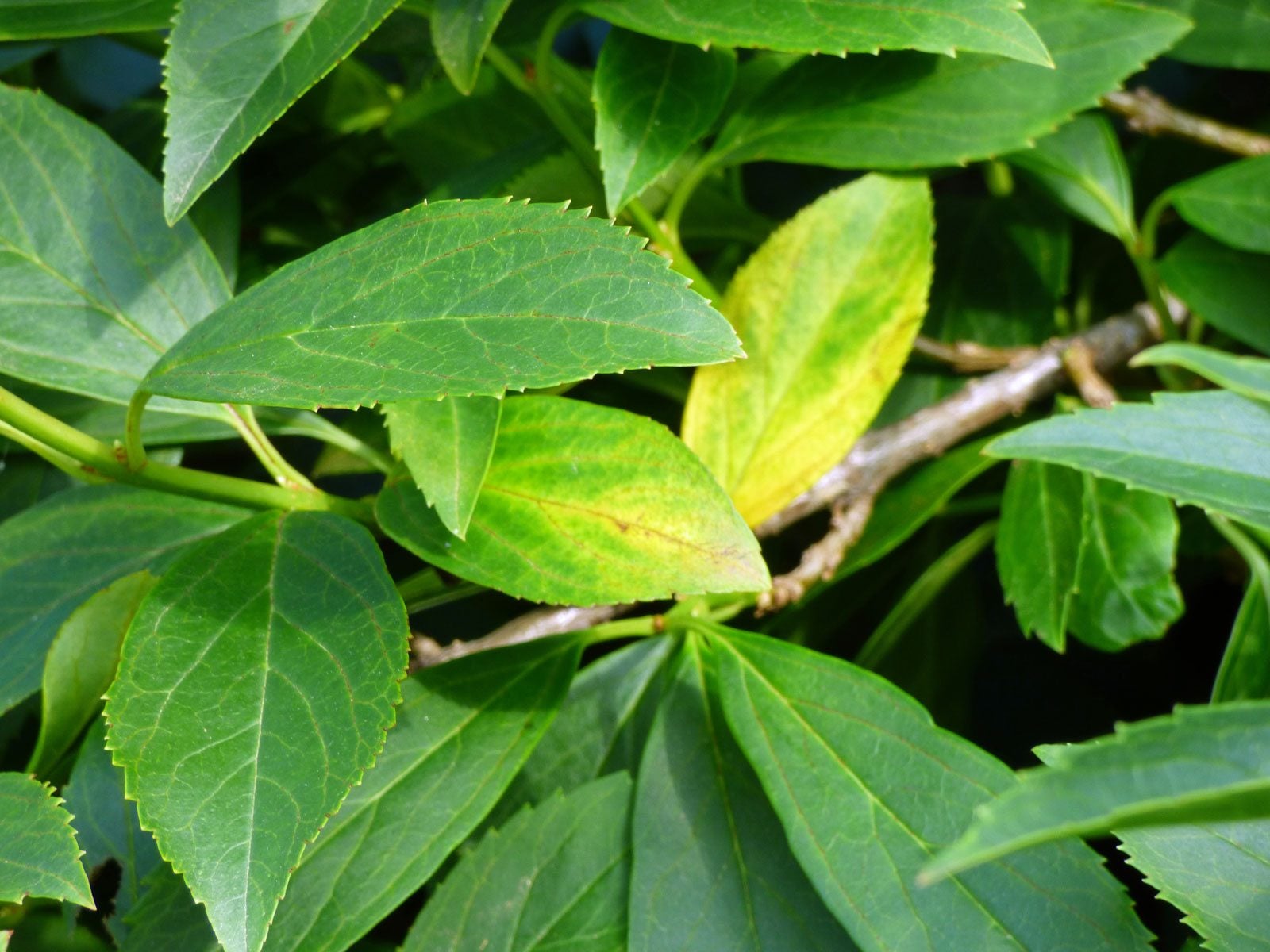 Forsythia Leaves Turning Yellow – Reasons For Yellow Leaves On Forsythia
Forsythia Leaves Turning Yellow – Reasons For Yellow Leaves On ForsythiaIf you see your forsythia leaves turning yellow, it could be a sign of a significant fungal issue. Yellowing forsythia bushes are normal before fall leaf drop but during the growing season it's time for action. Learn more here.
By Bonnie L. Grant
-
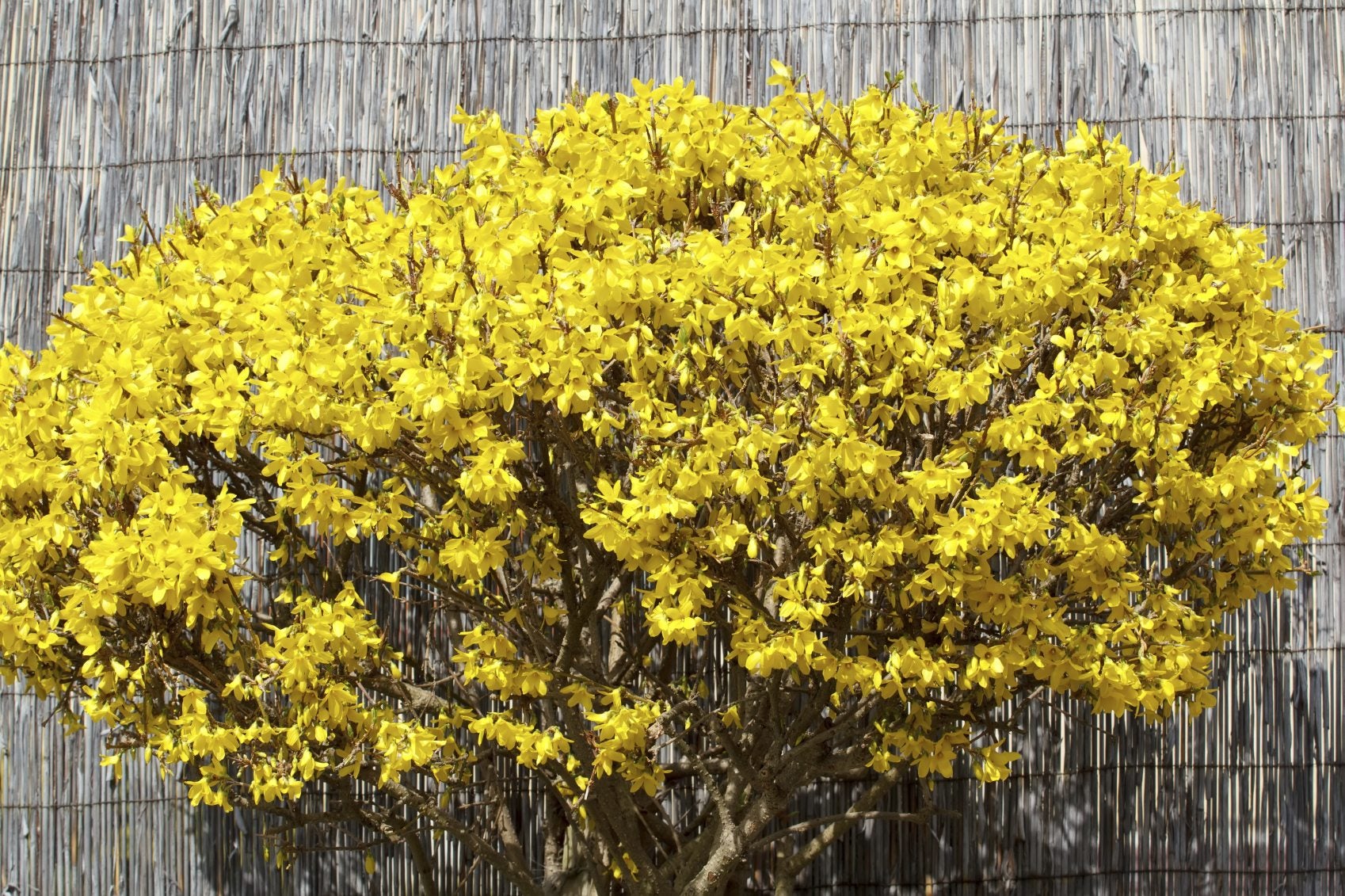 Varieties Of Forsythia: What Are Some Common Forsythia Bush Varieties
Varieties Of Forsythia: What Are Some Common Forsythia Bush VarietiesKnown for its bursts of brilliant yellow color that arrive even before the first leaf unfurls, forsythia is a delight to behold. But what other types are there? Find out about some popular forsythia varieties in this article. Click here for more info.
By Jackie Carroll
-
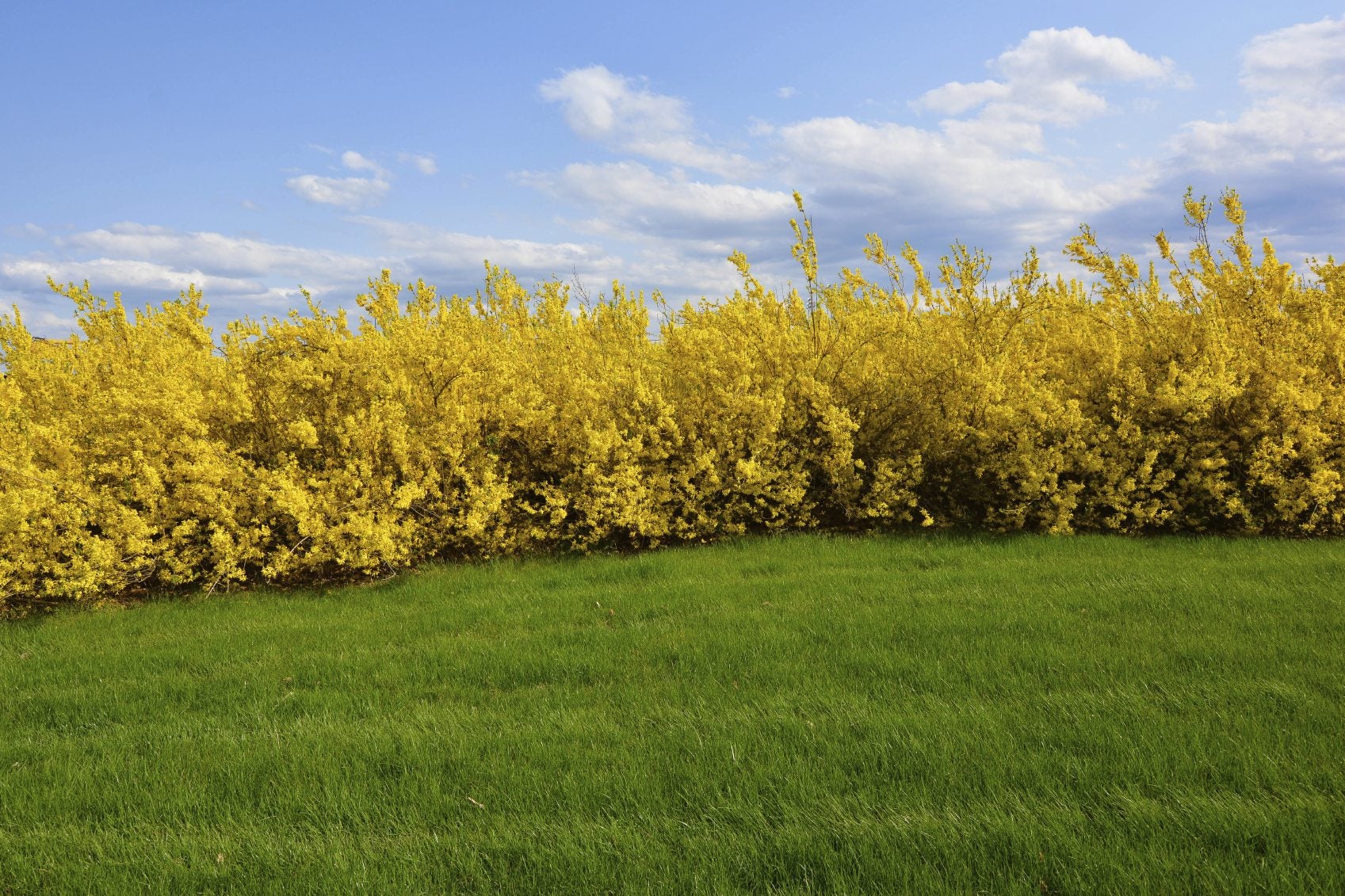 Planting Forsythia Hedges: Tips On Using Forsythia As A Hedge
Planting Forsythia Hedges: Tips On Using Forsythia As A HedgeIf you plan on using forsythia as a hedge, it is important to plant them correctly. This article has information on planting forsythia hedges and forsythia hedge pruning so you can find success with this type of hedge. Click here to learn more.
By Teo Spengler
-
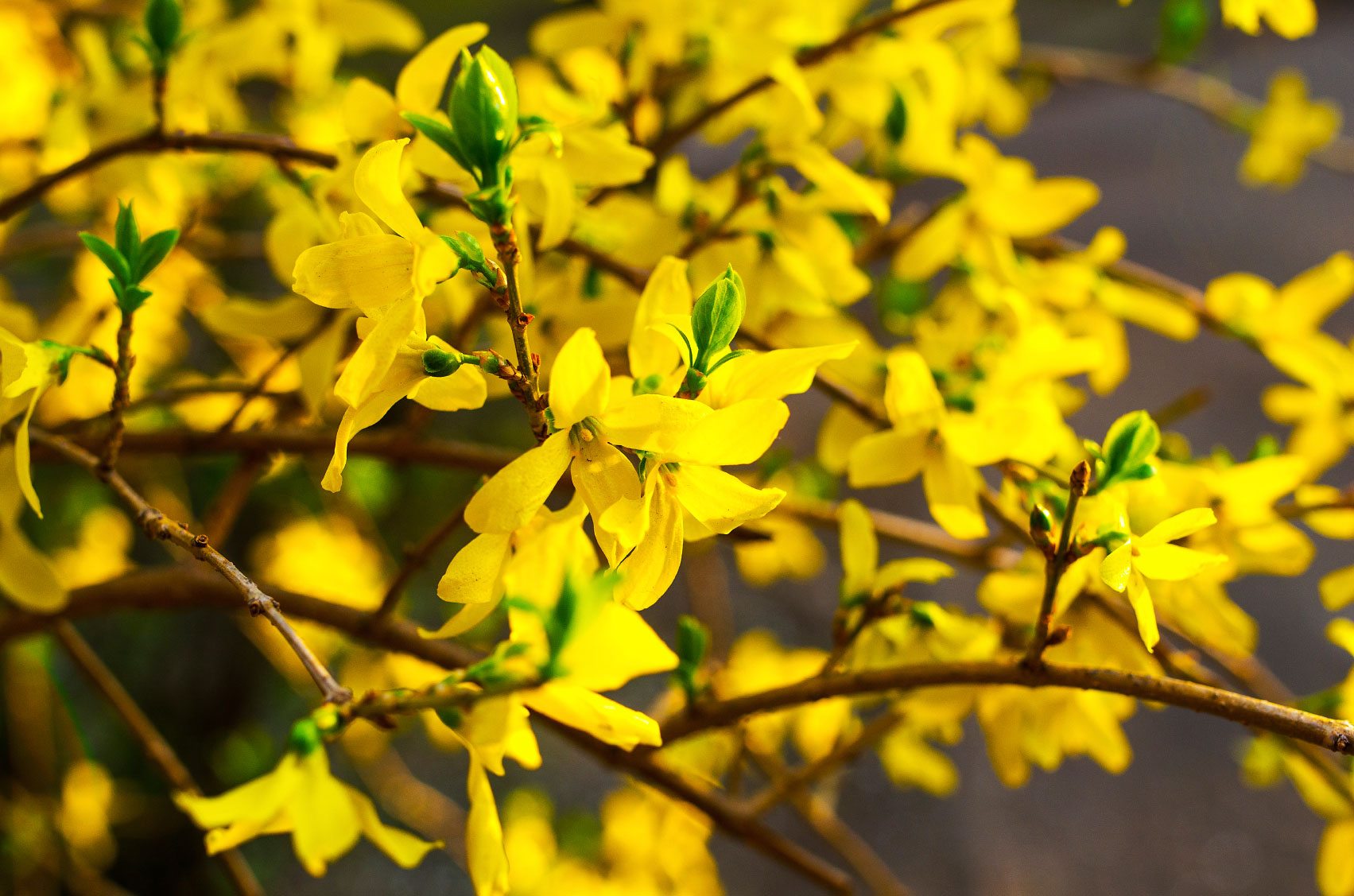 Can You Propagate Forsythia: How To Propagate Forsythia Shrubs
Can You Propagate Forsythia: How To Propagate Forsythia ShrubsForsythia bursts into bloom in late winter, well ahead of most other early-season shrubs. They look fantastic in groupings and shrub borders. If you can't get enough of them, read this article to find out about propagating forsythia plants.
By Jackie Carroll
-
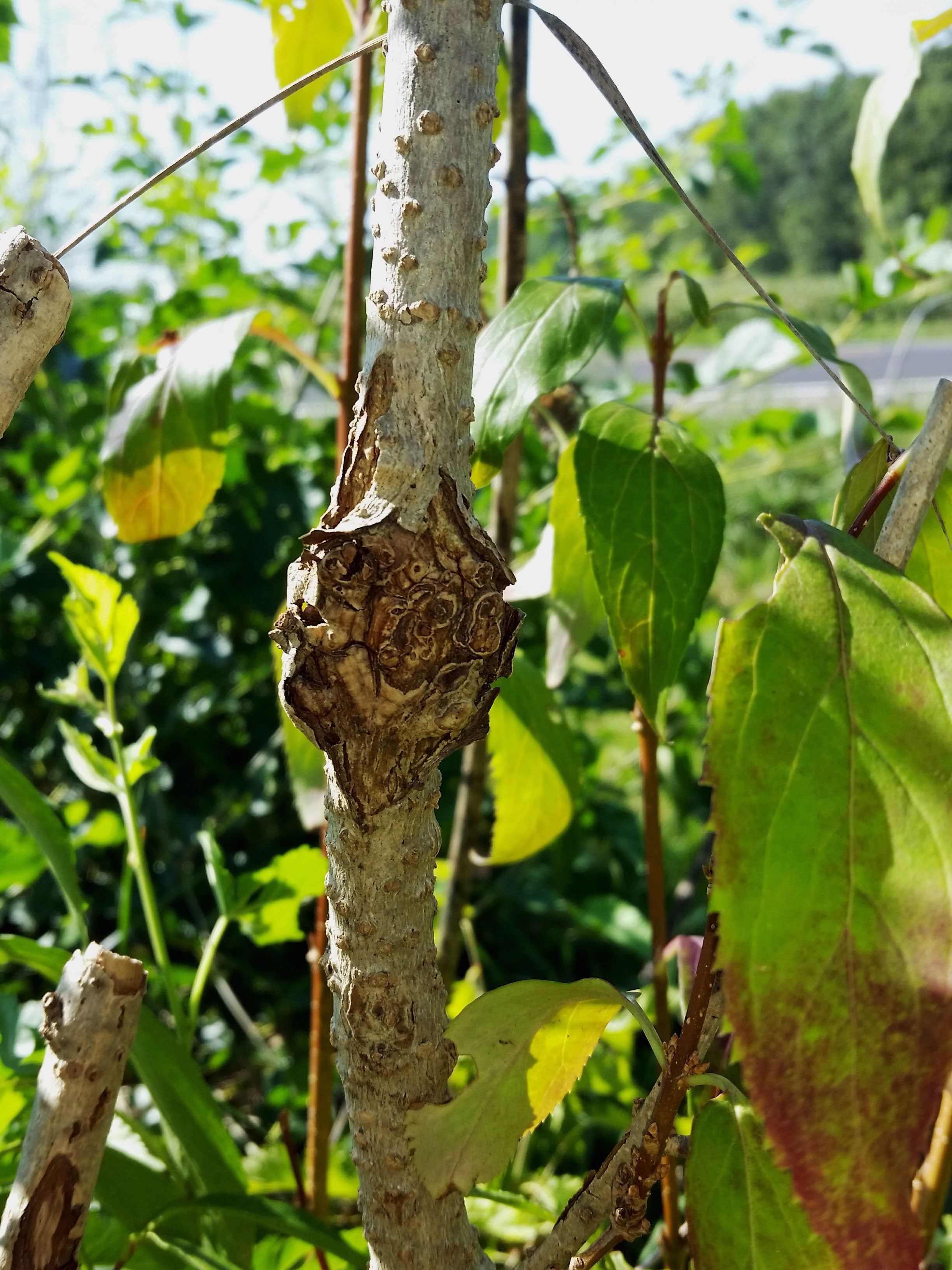 Forsythia Gall Treatment: How To Fix Phomopsis Gall On Forsythia Bush
Forsythia Gall Treatment: How To Fix Phomopsis Gall On Forsythia BushForsythia shrubs are well known for their beauty and tenacity, but even the toughest of these shrubs can become sickly in the presence of phomopsis galls. Read this article to find out how to manage this unsightly fungus.
By Kristi Waterworth
-
 Reasons Why A Forsythia Will Not Bloom
Reasons Why A Forsythia Will Not BloomNothing says spring like those bright yellow blooms. But what happens when spring comes and nothing happens? If there are no blooms on the forsythia bush, it helps to pinpoint the issue. This article will help.
By Jackie Rhoades